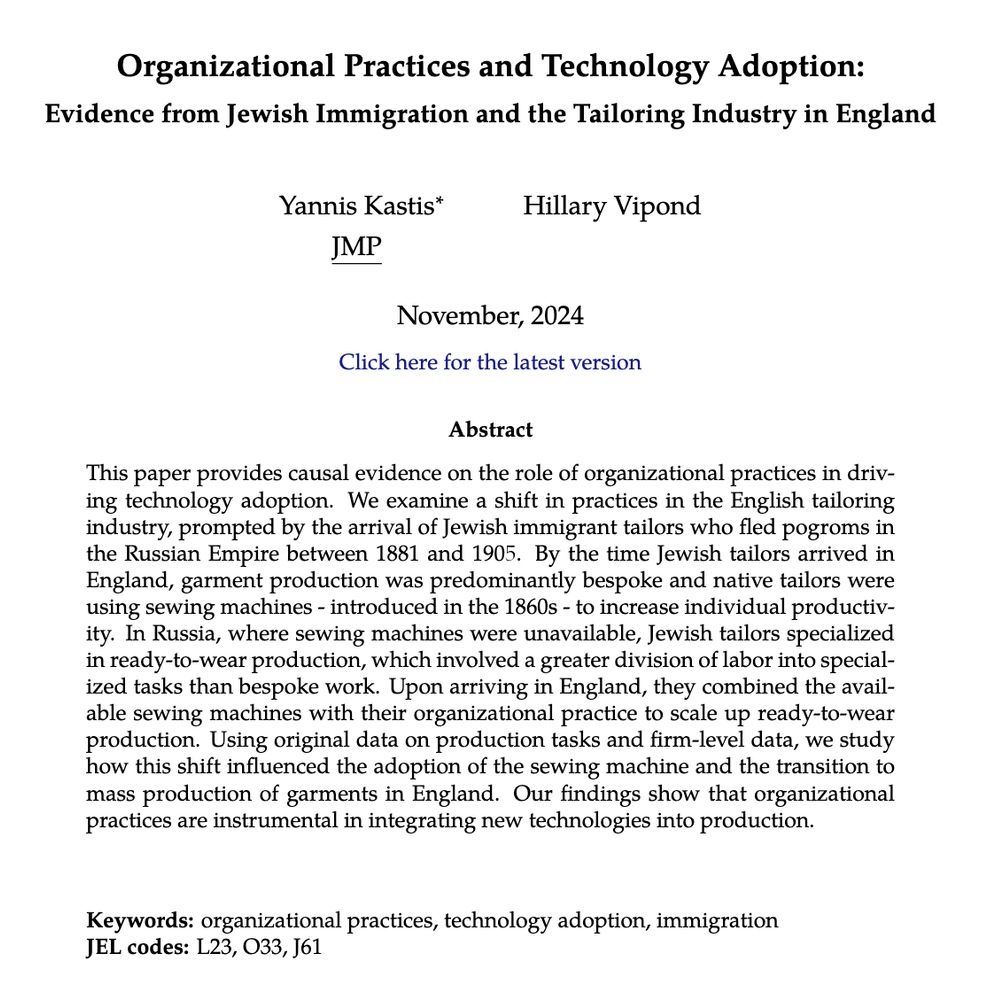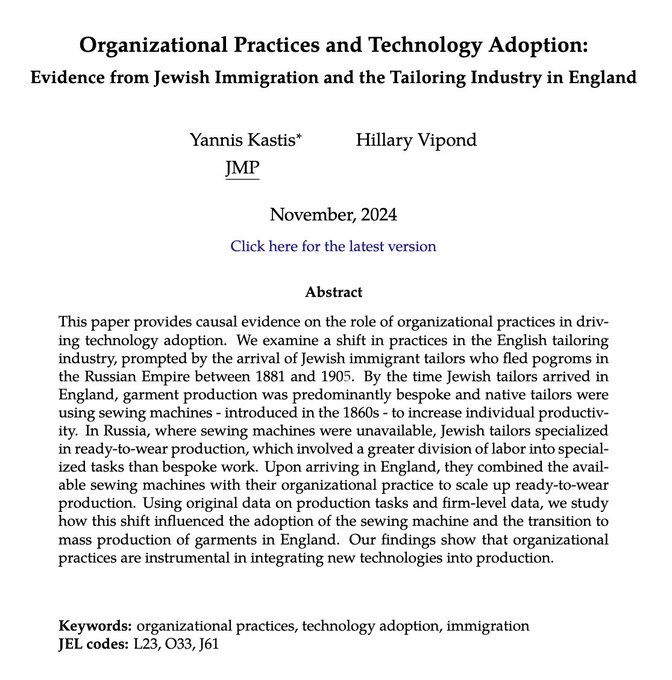Posts
Media
Videos
Starter Packs
Pinned
ykastis.bsky.social
@ykastis.bsky.social
· Nov 22
ykastis.bsky.social
@ykastis.bsky.social
· Nov 22
ykastis.bsky.social
@ykastis.bsky.social
· Nov 22
ykastis.bsky.social
@ykastis.bsky.social
· Nov 22
ykastis.bsky.social
@ykastis.bsky.social
· Nov 22
ykastis.bsky.social
@ykastis.bsky.social
· Nov 22
ykastis.bsky.social
@ykastis.bsky.social
· Nov 22
ykastis.bsky.social
@ykastis.bsky.social
· Nov 22
ykastis.bsky.social
@ykastis.bsky.social
· Nov 22
ykastis.bsky.social
@ykastis.bsky.social
· Nov 22
ykastis.bsky.social
@ykastis.bsky.social
· Nov 22
ykastis.bsky.social
@ykastis.bsky.social
· Nov 22
ykastis.bsky.social
@ykastis.bsky.social
· Nov 22




